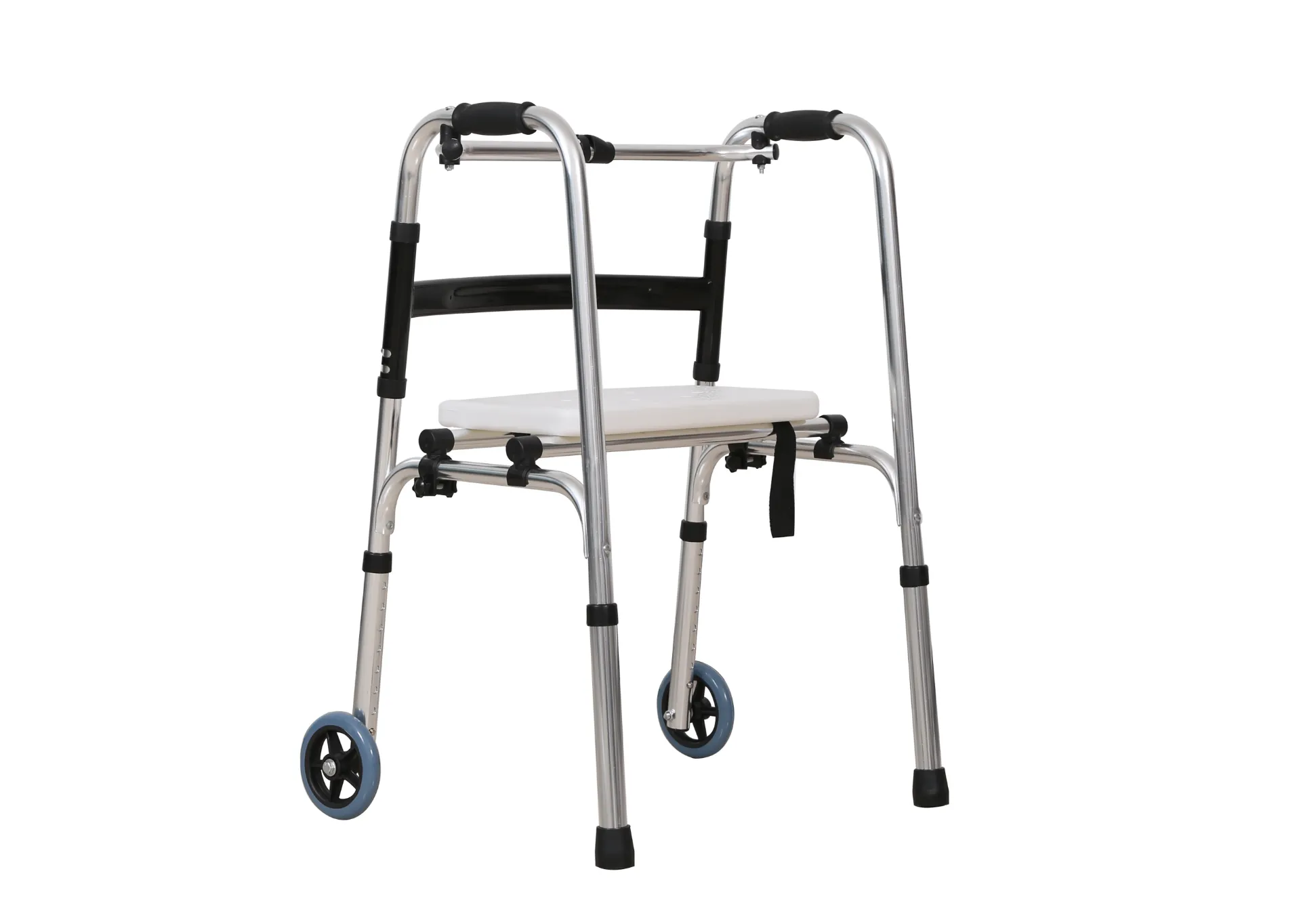Welcome to our websites!
Exploring the Benefits of Electric Wheelchairs and Scooters for Enhanced Mobility and Independence
The Rise of Electric Wheelchairs and Scooters Empowering Mobility
In today's fast-paced world, mobility is crucial for maintaining independence and enhancing quality of life. For individuals with limited mobility, electric wheelchairs and scooters have emerged as essential aids that provide freedom and enable active participation in daily activities. As technology continues to advance, these mobility devices are becoming increasingly sophisticated, user-friendly, and accessible.
Understanding Electric Wheelchairs and Scooters
Electric wheelchairs are specially designed for individuals who have difficulty maneuvering a traditional wheelchair due to physical limitations. These wheelchairs come equipped with electric motors, allowing users to navigate various environments with ease. They are suitable for both indoor and outdoor use, providing a reliable means of transportation for those who may have difficulty walking.
On the other hand, electric scooters are tailored primarily for individuals who can sit upright and have some level of dexterity. They typically feature a seat and handlebars, resembling a motorcycle, and are highly maneuverable, making them ideal for shopping trips, park visits, or simply strolling around the neighborhood.
Advantages of Electric Mobility Devices
One of the most significant advantages of electric wheelchairs and scooters is the enhanced mobility they provide. Users can travel longer distances without becoming fatigued, allowing for greater participation in social activities and errands. This newfound independence can significantly improve an individual's mental health, reducing feelings of isolation and depression that often accompany mobility challenges.
Moreover, electric mobility devices have advanced in design and technology. Many modern models come with ergonomic seats, adjustable armrests, and customizable controls, ensuring comfort and ease of use. Features such as anti-tip wheels, LED lighting, and durable construction materials contribute to the overall safety and reliability of these devices.
electric wheelchairs scooters

Additionally, the integration of smart technology has revolutionized electric wheelchairs and scooters. Many models now come equipped with Bluetooth connectivity, allowing users to connect their devices to smartphones for navigation assistance, maintenance alerts, and even fitness tracking. This technological evolution not only enhances user experience but also promotes a sense of independence and control.
Considerations for Choosing Electric Wheelchairs and Scooters
When selecting an electric wheelchair or scooter, it's essential to consider individual needs and preferences. Factors such as weight capacity, battery life, and speed are crucial in making the right choice. Prospective users should also assess their usual environments—whether indoor, outdoor, or both—as this will impact the type of device that best suits their lifestyle.
Accessibility is another vital consideration. Users should ensure that the device can navigate common terrains, from curbs to uneven surfaces. Many companies now offer test drives, allowing individuals to experience different models firsthand before making a decision.
Financial considerations also play a role in the process. While electric mobility devices can require a significant investment, many insurance plans, government subsidies, and non-profit organizations offer financial assistance to help offset costs. It's advisable for users to explore all available options and consult healthcare professionals to determine the most suitable device for their needs.
The Future of Electric Mobility
The future of electric wheelchairs and scooters looks promising. As innovation continues, we can expect even more advanced features, such as improved battery efficiency, lightweight materials, and AI-integrated navigation systems. Additionally, the growing trend of inclusivity will push manufacturers to design devices that cater to a wider range of disabilities and preferences.
In conclusion, electric wheelchairs and scooters have significantly transformed the landscape of mobility assistance. By empowering individuals to lead active and independent lives, these devices enhance overall well-being and facilitate social engagement. As technology continues to progress, we can look forward to a future where mobility challenges are minimized, and everyone has the opportunity to move freely and confidently.
-
Transforming Healthcare with Hospital FurnitureNewsJun.24,2025
-
Rehabilitation EquipmentNewsJun.24,2025
-
Mobility and Independence with WheelchairsNewsJun.24,2025
-
Freedom of Mobility with Our Rollator WalkersNewsJun.24,2025
-
Comfort and Independence with Commode ChairsNewsJun.24,2025
-
Bathing Safety and Independence with Shower ChairsNewsJun.24,2025
-
Navigating the Wholesale Landscape of Electric Mobility Solutions: Key Considerations for Power Wheelchair DealersNewsJun.10,2025











